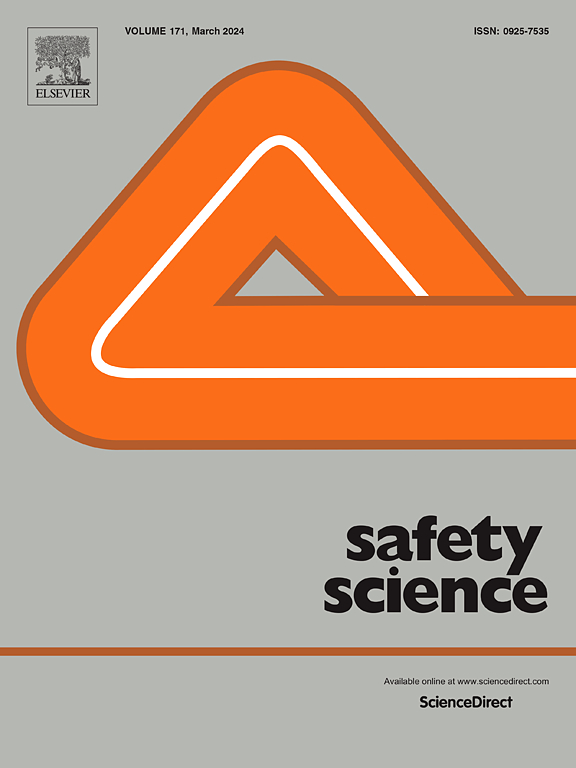Pedestrian behavior under time pressure: A VR-based study of waiting duration and crashes at signalized intersection
IF 4.7
1区 工程技术
Q1 ENGINEERING, INDUSTRIAL
引用次数: 0
Abstract
Pedestrians’ decision-making is significantly influenced by time pressure, potentially raising safety concerns. Therefore, this study seeks to quantify a comprehensive view of how pedestrians’ decision-making under time pressure affects waiting duration as a measure of traffic compliance. Further, it aims to examine the consequences of these decisions by estimating the probability of crashes under varying levels of time pressure. To understand pedestrian behavior while prioritizing safety, a virtual reality setup was utilized to record the movements of 60 participants at a four-legged signalized intersection. The experiments were conducted during three signal timing scenarios, including the end of the green, the middle of red, and the end of red, under three time pressure conditions: no time pressure, low time pressure, and high time pressure. To investigate the factors influencing waiting duration, a hazard-based duration model was used. Further, to identify the significant factors affecting the probability of crash occurrences, a generalized linear model was employed. The results show that waiting times significantly influence pedestrians’ decisions on whether to comply or violate signals, leading to increased urgency and unsafe crossing behavior under time pressure. Thus, time pressure reduces compliance behaviors, particularly during the end of the green signal phase. However, the crash probabilities were higher during the end of the red signal scenario, especially under high time pressure conditions. Ultimately, the current research findings identify an intricate relationship between pedestrians’ waiting behavior and the occurrence of crashes with the time pressure and provide some insightful recommendations for enhancing intersection safety.
求助全文
约1分钟内获得全文
求助全文
来源期刊

Safety Science
管理科学-工程:工业
CiteScore
13.00
自引率
9.80%
发文量
335
审稿时长
53 days
期刊介绍:
Safety Science is multidisciplinary. Its contributors and its audience range from social scientists to engineers. The journal covers the physics and engineering of safety; its social, policy and organizational aspects; the assessment, management and communication of risks; the effectiveness of control and management techniques for safety; standardization, legislation, inspection, insurance, costing aspects, human behavior and safety and the like. Papers addressing the interfaces between technology, people and organizations are especially welcome.
 求助内容:
求助内容: 应助结果提醒方式:
应助结果提醒方式:


